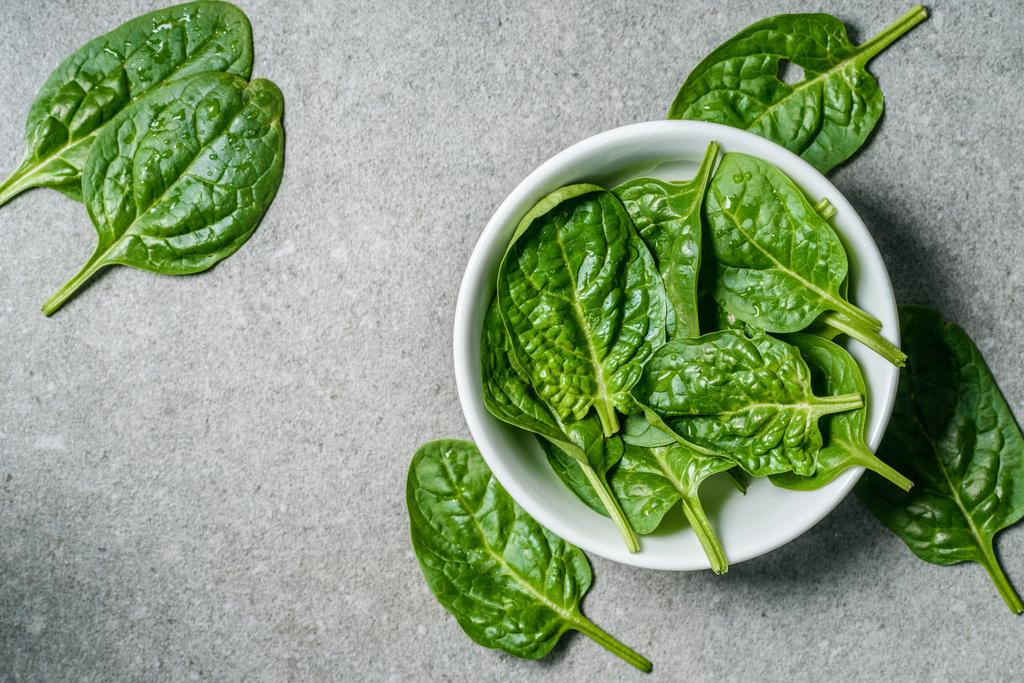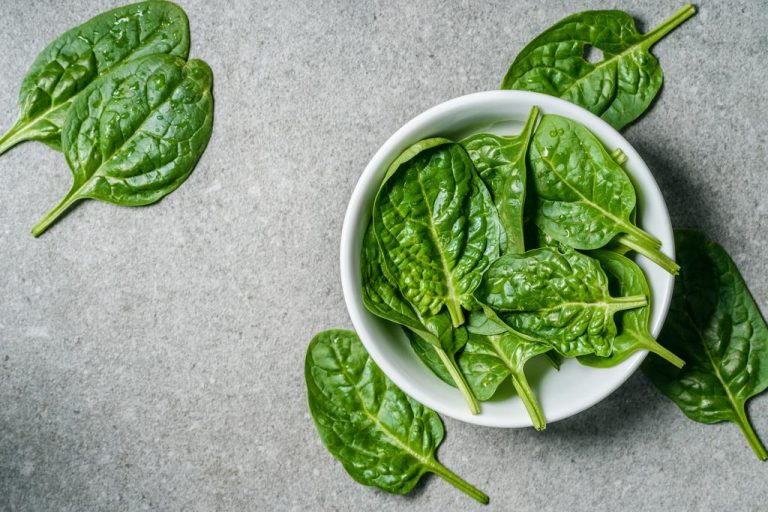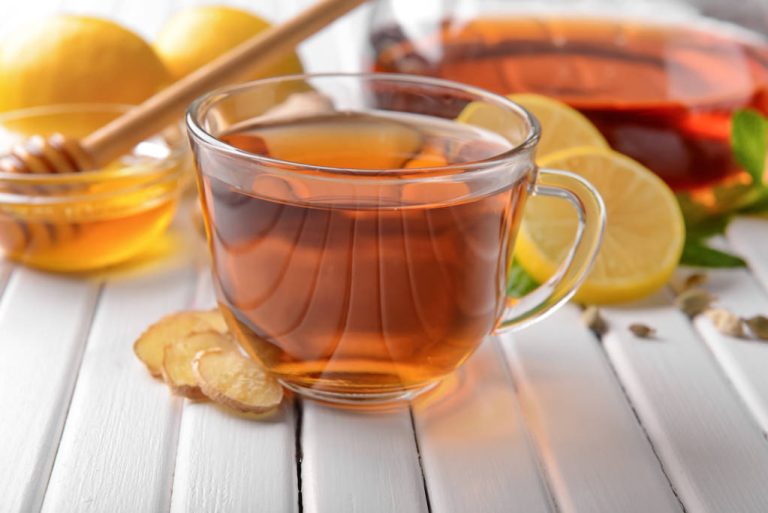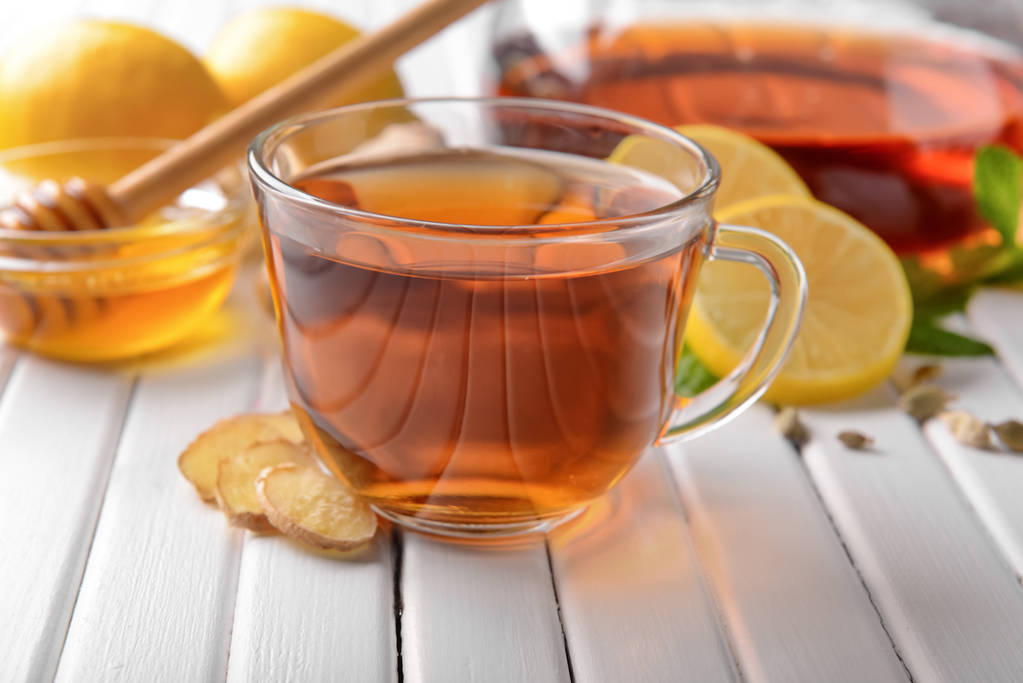Is running barefoot really healthier than wearing athletic shoes made specifically for running? And what are the advantages of walking barefoot anyway?
Walking barefoot is healthy – say experts
For example, “In Form” describes that walking barefoot would strengthen the foot muscles. The explanation: Since the human foot is designed in such a way that the entire body weight is cushioned with every step, more foot muscles are trained. In shoes, on the other hand, freedom of movement is significantly restricted, which means that fewer muscles can be stressed. Daniel Bürkner, master orthopedic shoemaker from Berlin and Vice President of the Central Association of Orthopedic Shoe Technology (ZVOS) sees it similarly. “The foot is trained and kept in its original form. Because humans are barefoot walkers,” he explains.
However, there is still insufficient scientific evidence for this. For example, a study by the American Orthopedic Society for Sports Medicine (AOSSM) in 2013 examined the differences between runners who did sport for eight weeks with shoes and eight weeks without them. However, the result was “not statistically significant”. This means: A clear advantage or disadvantage of walking barefoot could neither be confirmed nor disproved. Nevertheless, the scientists conclude, this does not mean that walking barefoot cannot bring health benefits. Rather, they assume that “it may take months or years to see changes.” Therefore, the short course of this study may not be sufficient.
A study by the scientist “Tony Lin-Wei Chena” and his team, consisting of experts from Hong Kong Polytechnic University and the “Department of Physical Medicine and Rehabilitation” at Harvard Medical School and Harvard, gives a little more information about the actual effect University. They measured “intrinsic and extrinsic foot muscle volume using MRI scans” at the beginning and end of the six-month trial. It was tested on a total of 38 study participants. And the results are quite promising: In runners who had switched from their conventional shoes to either very light shoes or no shoes at all, the volume of the leg and foot muscles increased.
Train the sense of touch of the feet – and relieve the back at the same time
The expert Daniel Bürkner explains these advantages to Womens Health as follows: “If you walk with rigid soles under your feet, you put your foot flat with your heel, the muscles of the forefoot and midfoot are hardly challenged. When walking barefoot, on the other hand, the front one springs Part of the foot absorbs the impact, reducing stress on the joints from the toe, ankle, knee, hip and back.”
In addition, the sense of touch of the feet should be able to be trained when walking without shoes. That describes “In Shape”. “The sensory feedback when walking barefoot encourages the feet to land more carefully in order to reduce the impact forces,” explains Thomas Hahn’s editorial team. This changes the running style almost automatically. So, instead of just the heel, put the whole foot on the ground. Bürkner explains: “Ideally, with every step you consciously roll off your heel onto the ball of your foot. Similar to a marionette that is pulled up by its head with strings.”
Barefoot walking has other positive aspects to offer. This is how you can protect yourself from infections when walking barefoot. Among other things, foot or nail fungus diseases. They occur because there is almost no exchange of air in the warm, humid environment of sturdy shoes. If you walk barefoot more often, your feet can dry better. In addition, regular barefoot walking should improve blood circulation in the feet. This also counteracts a potential fungal disease.
Barefoot walkers injured less often? Study creates clarity
Barefoot walkers are also said to have a lower risk of injury. However, the studies have not been clear on this so far. The British journal of sports medicine has researched this alleged benefit. For a year they accompanied 201 athletes. 107 barefoot runners and 94 runners with shoes. Fewer diagnosed injuries to the musculoskeletal system of the runners were found in the barefoot group – however, the injury rates did not differ statistically significantly between the groups examined. The researchers found that the barefoot group ran fewer miles than the runners in shoes. They also suffered a higher number of sole injuries.
The researchers also found that there was a greater number of calf injuries but a lower number of knee and hip injuries in the barefoot group. There were also significantly fewer cases of plantar fasciitis (painful inflammation of the soles of the feet) among the barefoot runners than among the group with shoes.
The doctor Oliver Tobolski from Sporthomedic Cologne sees the benefits of walking barefoot as extremely profitable, but also warns against too much euphoria. Because practicing barefoot walking takes time. The foot muscles first have to get used to new forms of stress slowly. In addition, the foot muscles do not develop overnight. “Please start very gently, initially only short distances and only on soft, natural surfaces,” advises Tobolski to FitforFun.
This also applies to experienced runners. According to the expert, they have to be particularly careful because the actually positive effect could be reversed by the different running habit. According to Tobolski, runners who run more than three times a week should only run barefoot once. Ideally, you should regularly alternate between walking barefoot and wearing shoes. This is the best way to train the inner foot muscles.





















